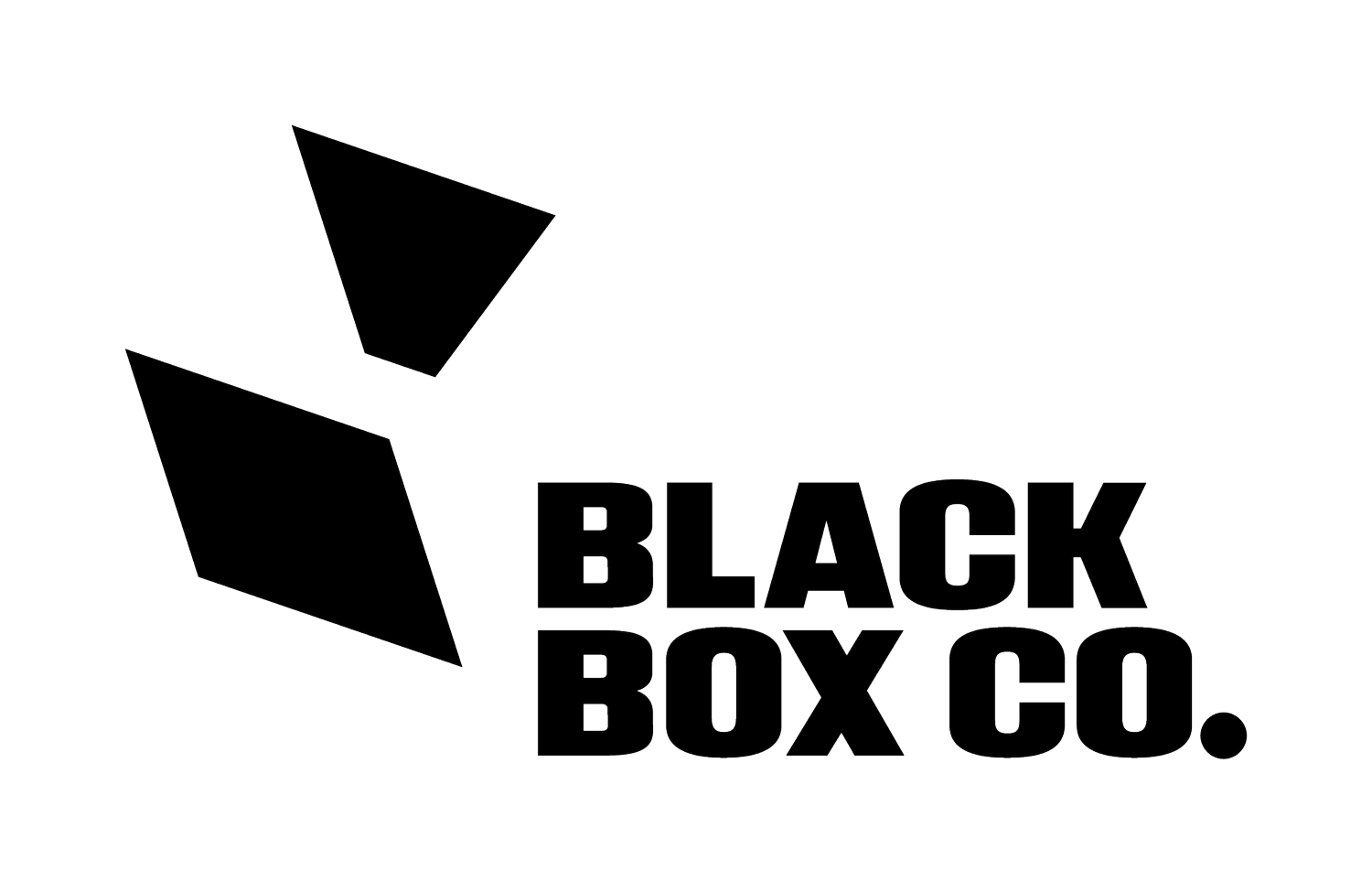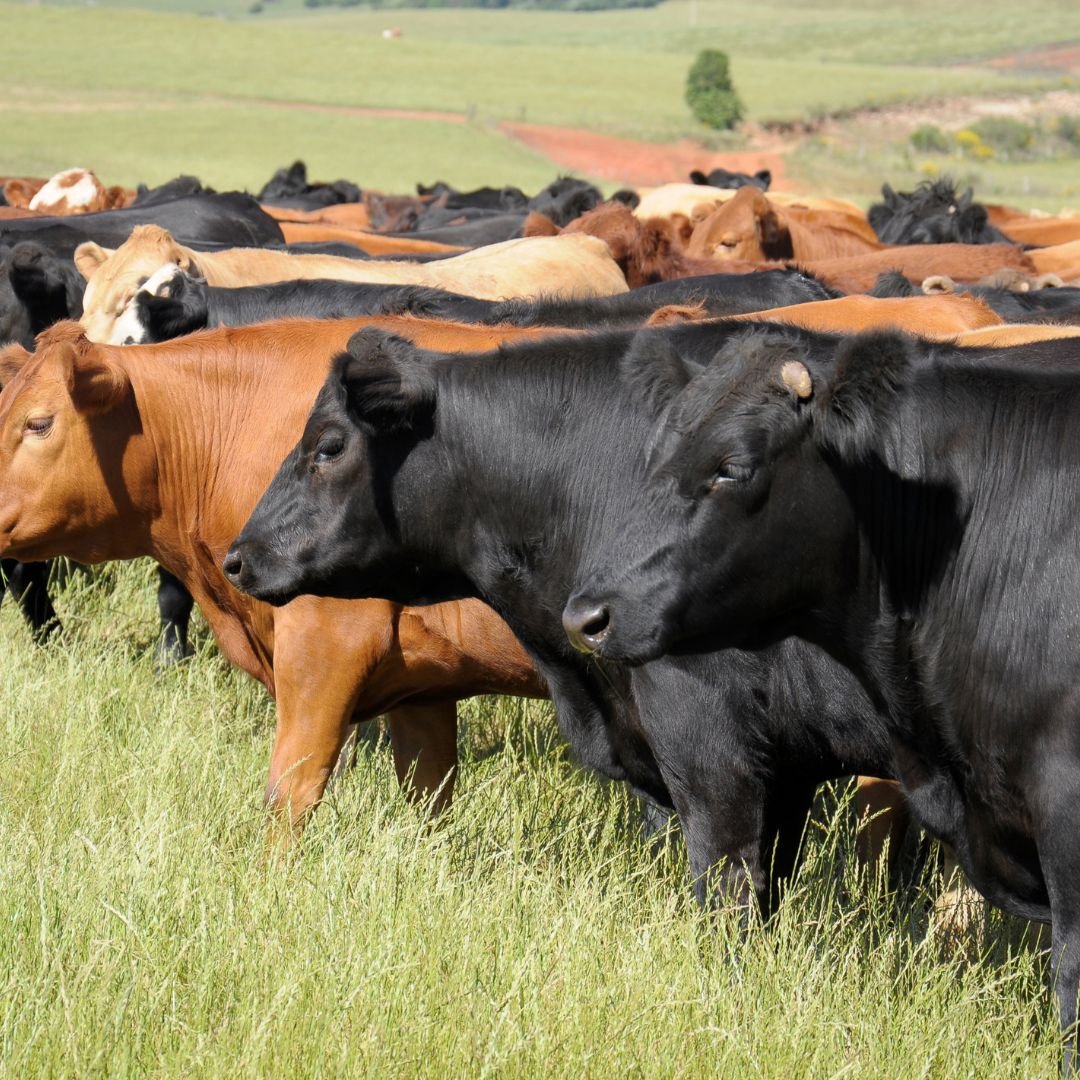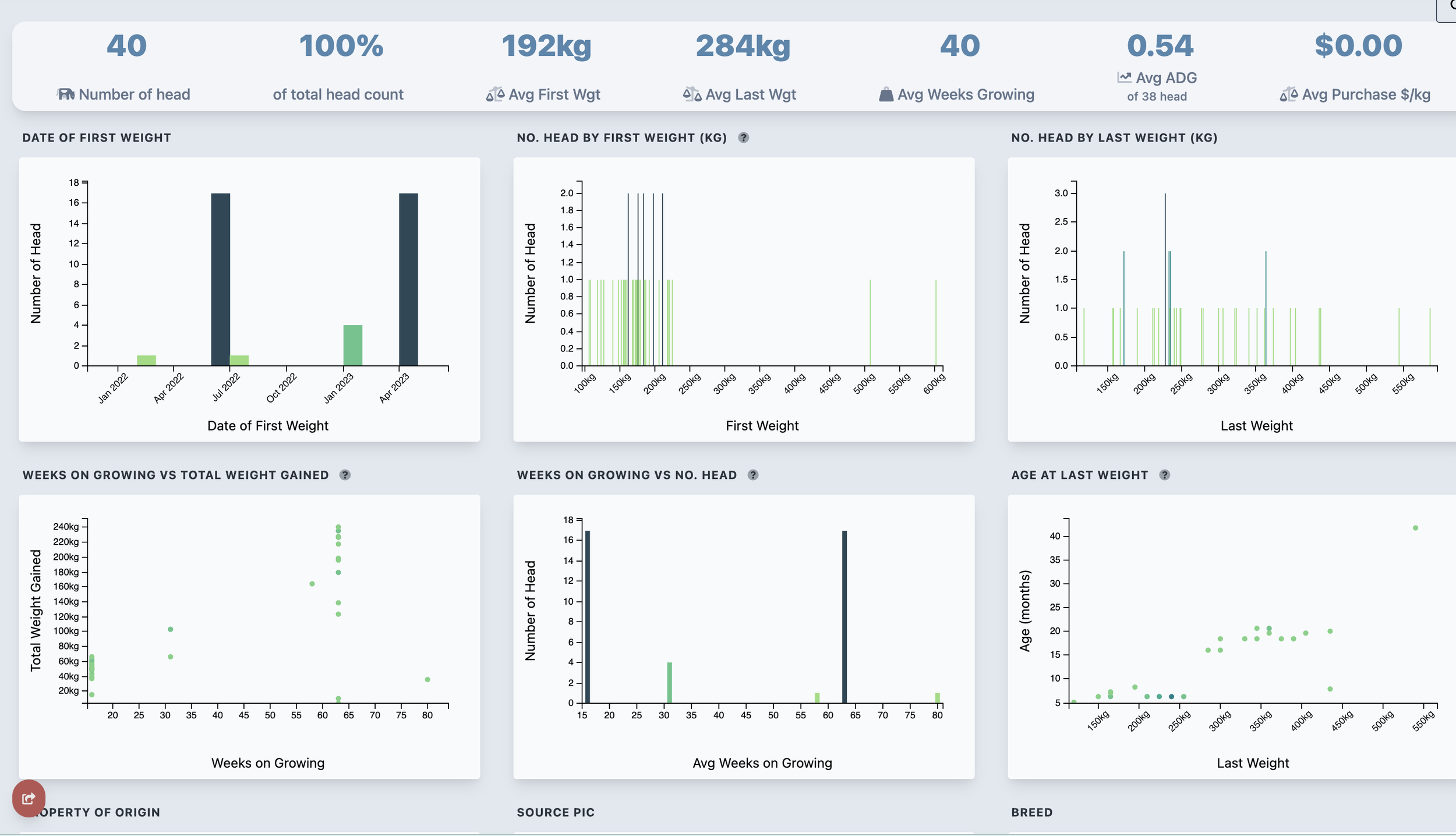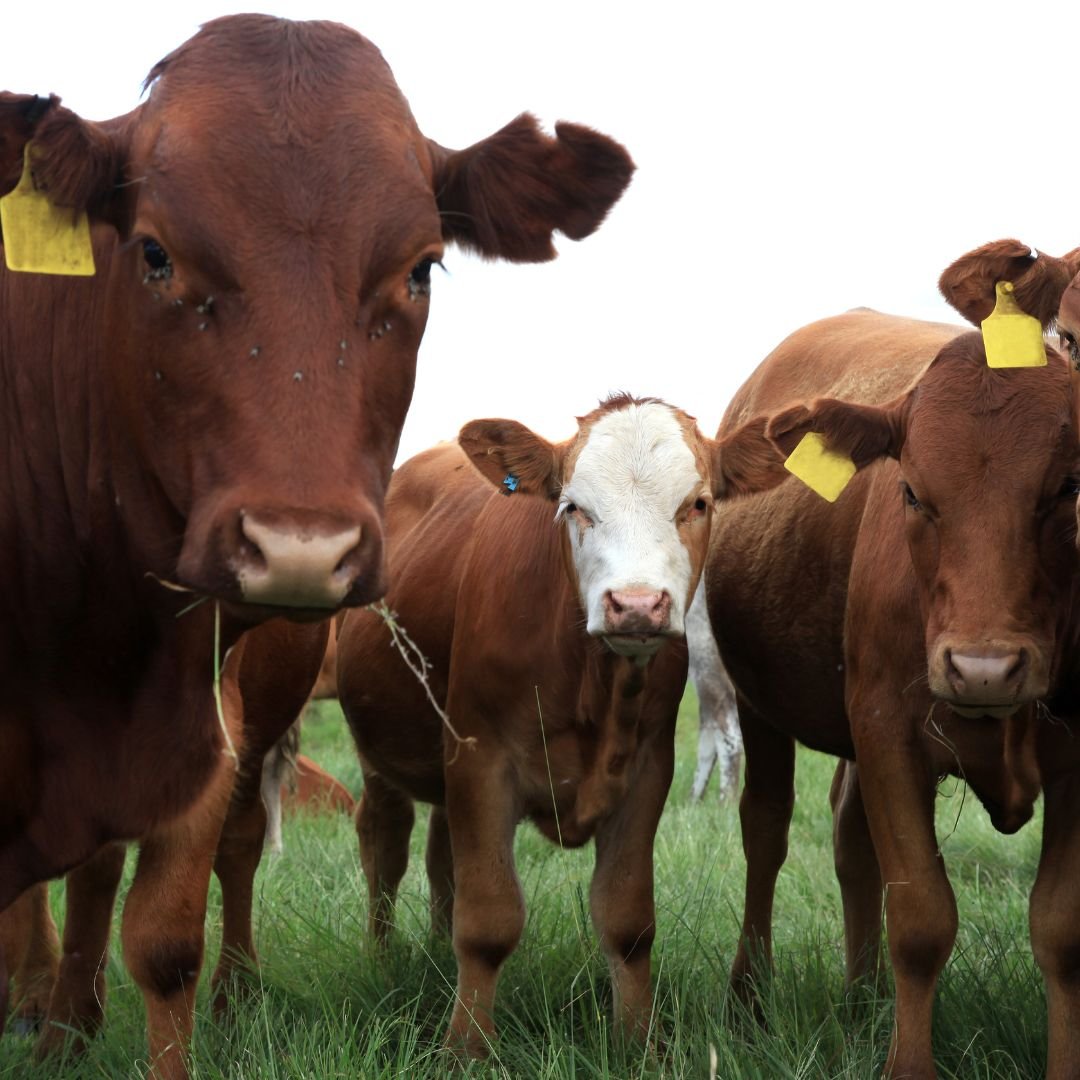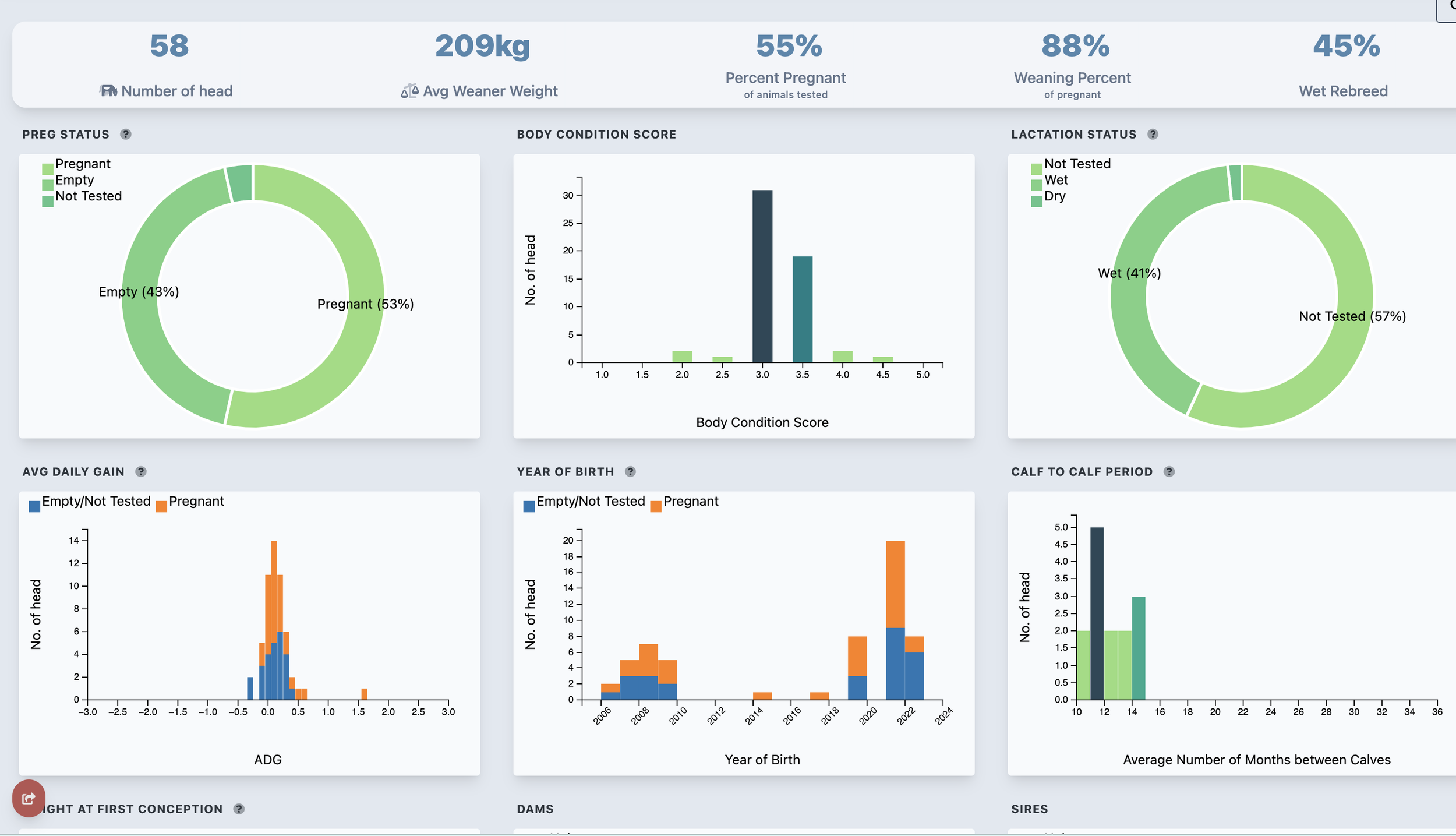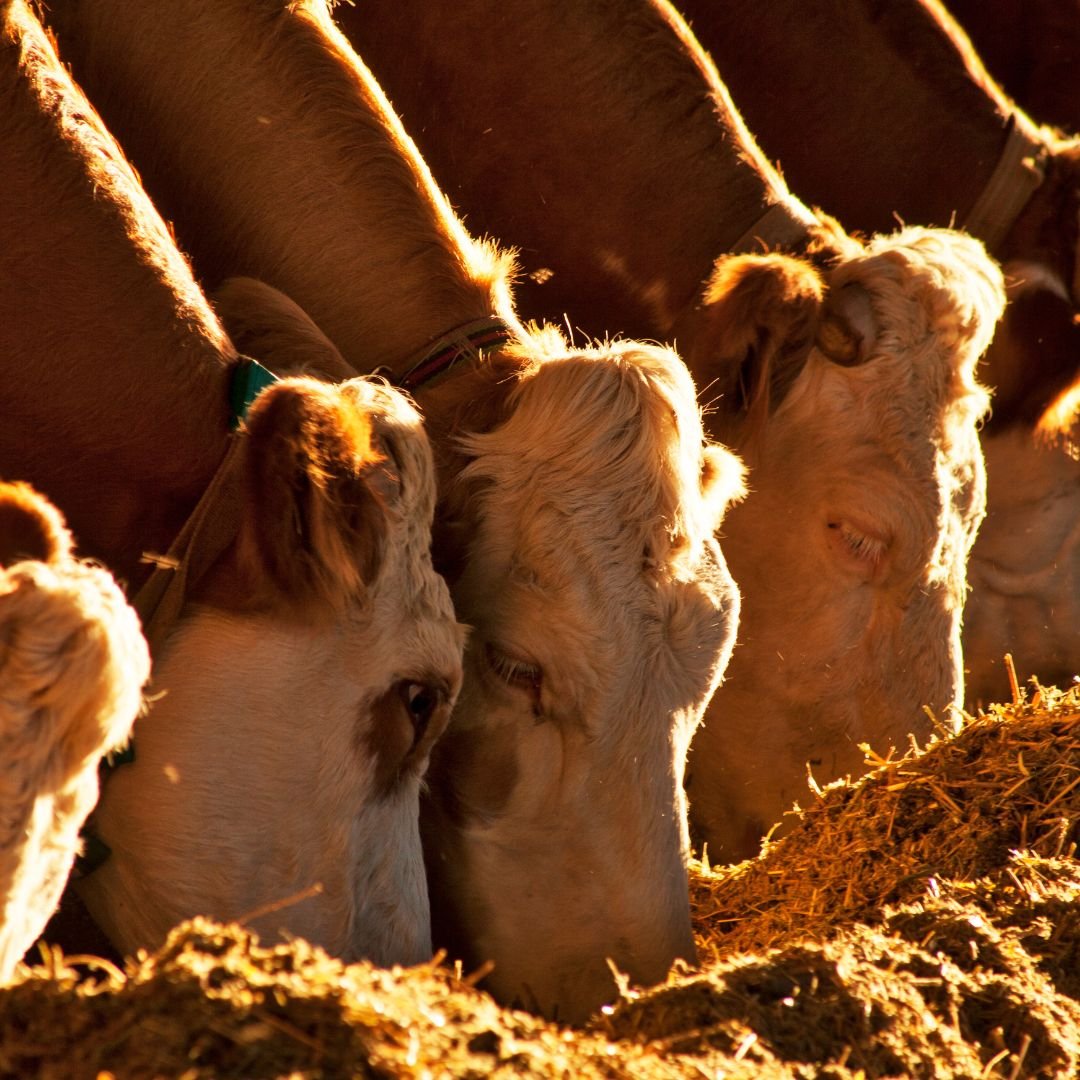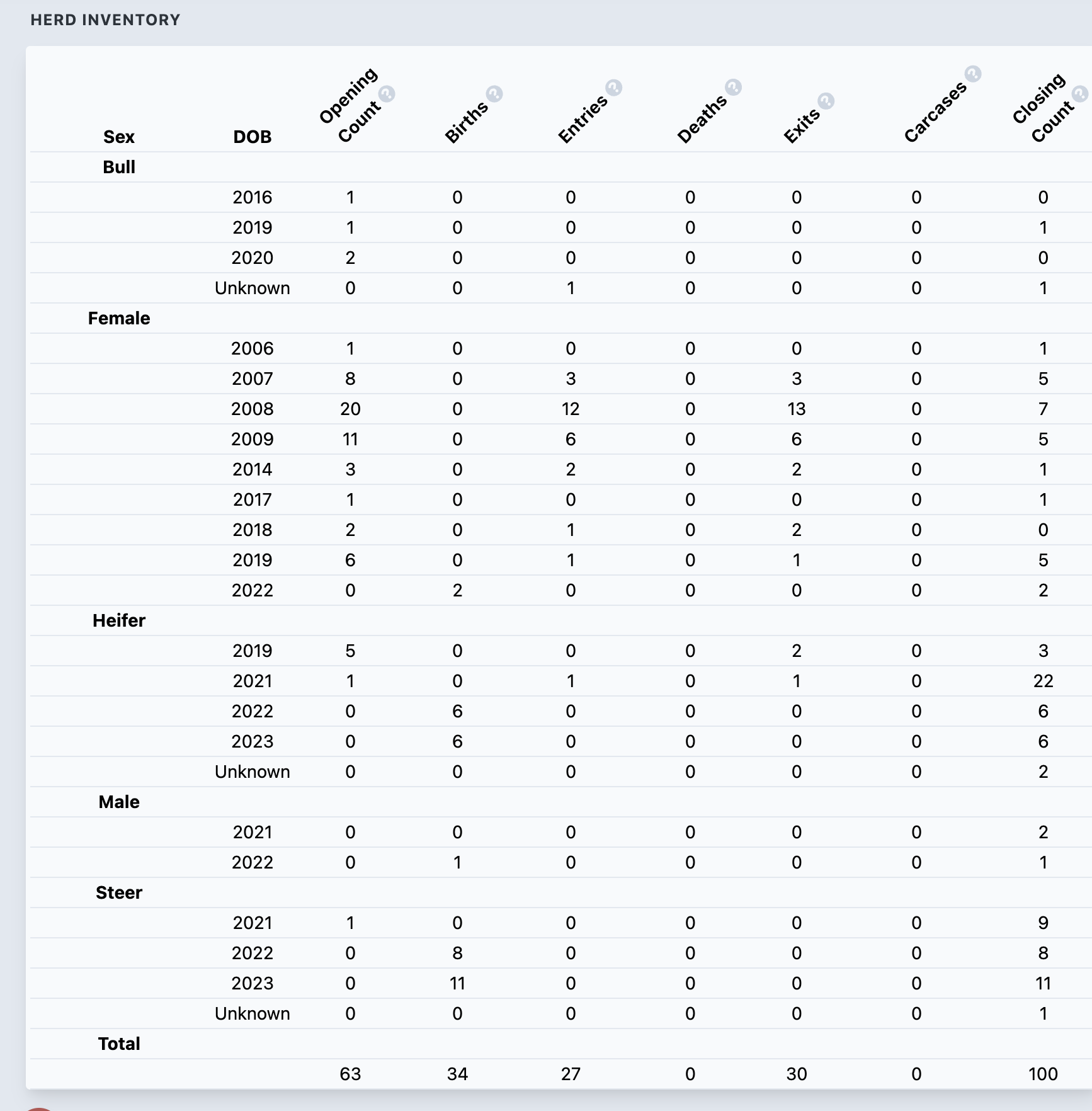Where to start with emission calculations?
The message is pretty clear, farmers need to know their emissions and some serious work needs to happen between now and the CN30 target. With so much conflicting information we wanted to provide a quick guide to the numbers you need to know.
The first place to start is with livestock, it is inescapable that as the animals we breed and feed release methane. To comply with most GHG calculations you will need to know: livestock number, liveweight and weight gain. This might not sound too onerous a task until you need to break the information down by class and season/month.
The important thing to consider is the efficiency of the livestock and the duration on property. This means that using a simple schedule that assumes every animal stays on property at least 365 days of the year is doing you a disservice and may be artificially inflating your emissions. In addition to this you will need to know the number of lactating females and the number of animals purchased and sold. This is broadly summarised by a single number as number of AE or DSE.
The next step assesses pasture and pasture inputs including Urea, Lime, Superphosphate, Glyphosate, Nitrogen and Pesticide. These are all measured in tonnes or litres per year. Additionally, consumables such as petrol, diesel and electricity need to be recorded. If a percentage of electricity is sourced from renewables that will be taken into account.
Supplementary feed is the next input which takes into account tonnes of feed for grain, hay and cottonseed etc. In some calculators this will be further broken down to include crude protein, dry matter digestibility, dry matter availability and feed on offer.
Finally, tree planting is taken into account. New trees planted on the property since 1990 will require categorisation by vegetation type, soil type, age of trees and the area.
This information is then fed either into a spreadsheet such at the SB-GAF or into an online calculator such at Ruminati.
It is important to have accurate and up to date information for both methods and preparation can take a number of weeks depending on the scale of the enterprise. At Black Box we have focussed on making the stock schedule easy. By utilising the herd inventory, growing and fertility dashboards you can easily get accurate, verifiable data that gives you the answers to livestock number, weight, ADG and lactation as well as purchases and sales. This data is easily filtered by date, class and sex to ensure that you get the right answers without hours in the office.
If you need to baseline your property we suggest you look into some of the easy and free online tools such as Ruminati and have a chat to one of our team to see how Black Box can help.
